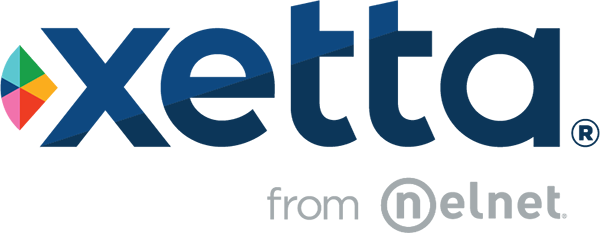The way in which education is delivered and managed is changing rapidly – driven by technology, innovation and the digital economy. Universities must align their operations and educational offerings to the evolving expectations of students, employers and the economy. Technology-driven transformation will support higher education providers to reinvent their business models and better prepare students for our changing world’s requirements.
The COVID-19 pandemic has introduced an unpreceded level of uncertainty to the tertiary operating environment. While technology enabled many universities that traditionally delivered learning on campus to pivot to a remote learning model, higher education providers face continued uncertainty in a post-2020 world. Rising costs, government funding changes, and border restrictions are just some of the forces they must navigate.
A KPMG report – The future of higher education in a disruptive world – explores four building blocks that are at the foundation of successful transformation.
Building block #1: Review strategy, mission and purpose
Borderless learning is expected to be a key feature of higher education in the future, with connected digital natives driving demand for new kinds of courses delivered digitally from anywhere across the globe. In addition to challenging traditional on-campus learning models, young people are less drawn to an immersive, full-time education, and more interested in a flexible learning model that supports them to pursue part-time work or other interests.
Building block #2: Embed an overarching focus on customer-centricity
Universities are putting their customers at the heart of decision making, with student-focused objectives becoming more of a priority than traditional organisational and financial drivers. However, while providing a high quality and differentiated student experience is a top priority, most institutions currently fail to meet this standard. Security, technology and people/process challenges are the most commonly identified obstacles to becoming truly customer-centric.
Building block #3: Identify a target operating model
Universities that were steadily moving towards a new operating model pre-2020 were stopped in their tracks by the COVID-19 pandemic. While providers who had embraced digital transformation were able to manage this massive disruption more readily than those at the beginning of their transformation journey, ongoing global uncertainty means a new target operating model – with multiple contingencies built-in – is a business imperative.
Building block #4: Invest in secure technology
Technology is widely recognised as a key enabler for efficient and effective transformation. The challenge for higher education institutions is to build a technology ecosystem that seamlessly connects student-facing and back-office systems and provides a consistent user experience regardless of channel.
Cybersecurity is also a major focus area. As higher education providers become more digitally focused, cyber attacks are becoming increasingly common. Not only are student’s personal and payment details at risk; campus operations can also be compromised.
The technology investments universities are making today must provide flexibility and scalability to support a sector where uncertainty is the only real certainty.
At Xetta, we partner with higher education providers to support digital transformation programs that respond to the sector’s opportunities and challenges. Xetta unites people, process and technology to enable digital transformation that responds to our changing world and supports universities to boost agility and reinvent their business models.

